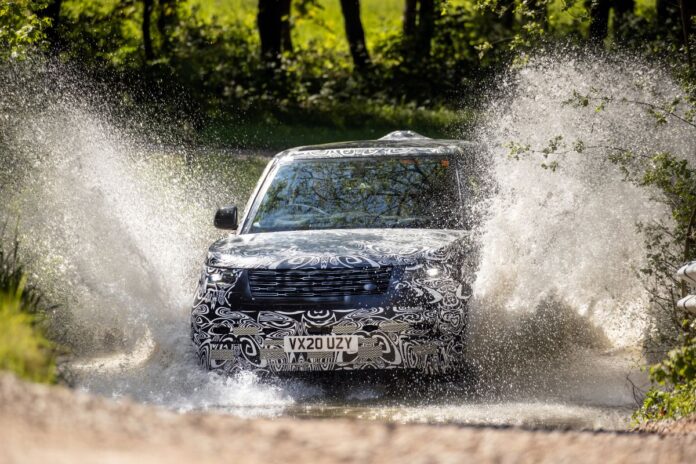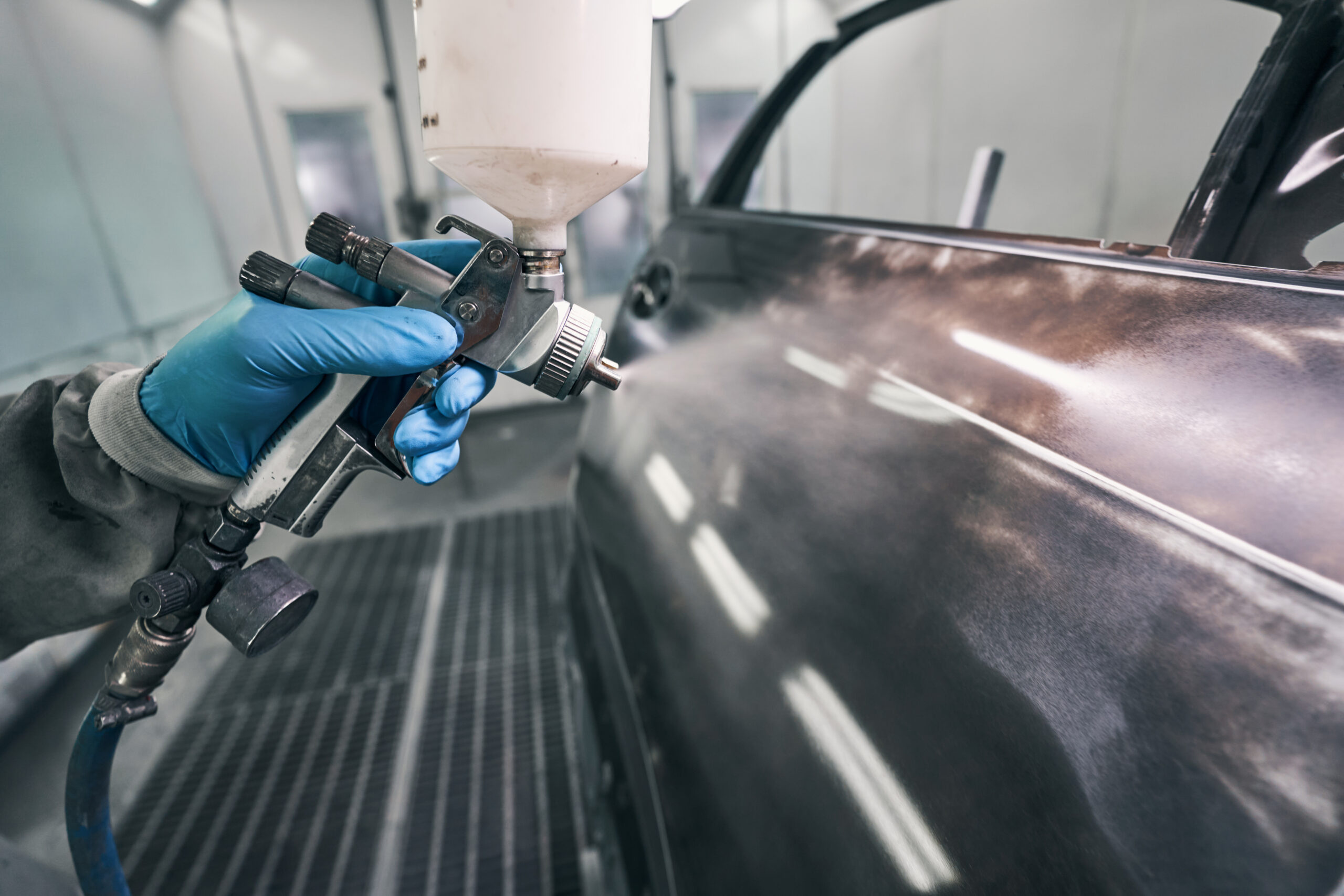There are eternal questions, such as how Rover Cars decided to build a Range Rover from the Land Rover brand in a way that did not relate to anything built before with the name Land or Rover in the name? Confused? You soon will be…
The visionary engineer Charles Spencer King had considerable form for pulling Rover Cars from the brown stinky stuff, and that had translated to significant commercial success. So, imagine in the fading days of The Upper Class (fantastic provenance, gorgeous house, no cash) if a trusted senior officer said ‘well, if one were to build a luxury car, as per Rover, and make it go orrff road, wouldn’t that be a belter?’
Up until that time Land Rover Series I to III ruled the roost, and Defender was but an interesting internal water feature in the imagination. Land Rover had a specific niche, as a work horse where pesky things like super hard ride, ‘oh my word’ brakes, ‘reliability’, unusual water leaks and simply huge fuel consumption were ‘standard’ along with an unusual hole in the rear chassis member for a power take-off which few owners ever used.
Thankfully the Rover Cars board realised turning a Land Rover into a vehicle that could ride well both on road was well as orrff-road, along with absence of internal water leaks, carpet and internal noise not likely to result in permanent loss of hearing – would require a complete rethink rather than polishing the existing Land Rover.
Rover Cars history tells us that the first Range Rover was called ‘Velar’, and modern JLR decided to dress up a Jaguar F-Pace (another unfortunate name) as a ‘Velar’ which has little to do with Land Rover. But it is linked spiritually since there are no water leaks, noise levels are very low and the interior is sumptuous.
The first-generation Land Rover Range Rover (quite possibly the clumsiest name ever) has appreciated well, even though common faults are known. These vary from a steel lower tailgate that seems to rust at extraordinary pace (keep looking – see? I’ve got a hole!), upper tailgate finishers that rot too, and eventually some most unusual internal water leaks. Special editions include ‘CSK’ which ordinarily means counter-sunk wood screw but instead refers to the initials of Charles Spencer King.
Through four evolutions of Range Rover, from the utterly disastrous second generation P38 (which needs not only an oil tanker to feed but also one’s private sovereign bank to keep going), through ‘how the hell can we build a bloody BMW so badly’ steel uni-body L322 to the current – soon to be replaced all aluminium uni-body L405. Thanks to the Ford ownership, a slightly lower aspiration Range Rover Sport emerged, firstly as the body on chassis L320 followed by the sister to L405, L494.
We won’t mention the Land Rover Range Rover Evoque – it’s got at least one too many names. Nothing to see here.
For those who acquire an older Land Rover Range Rover or Land Rover Range Rover Sport, the view from inside is splendid. It will consume fuel at a furious pace, it will occasionally decide to terminate a journey for no apparent reason, but the ability to smash through the bollards at the local supermarket car park or chance a swift razz across some fields with some farmer cove in hot pursuit is just too irresistible.




